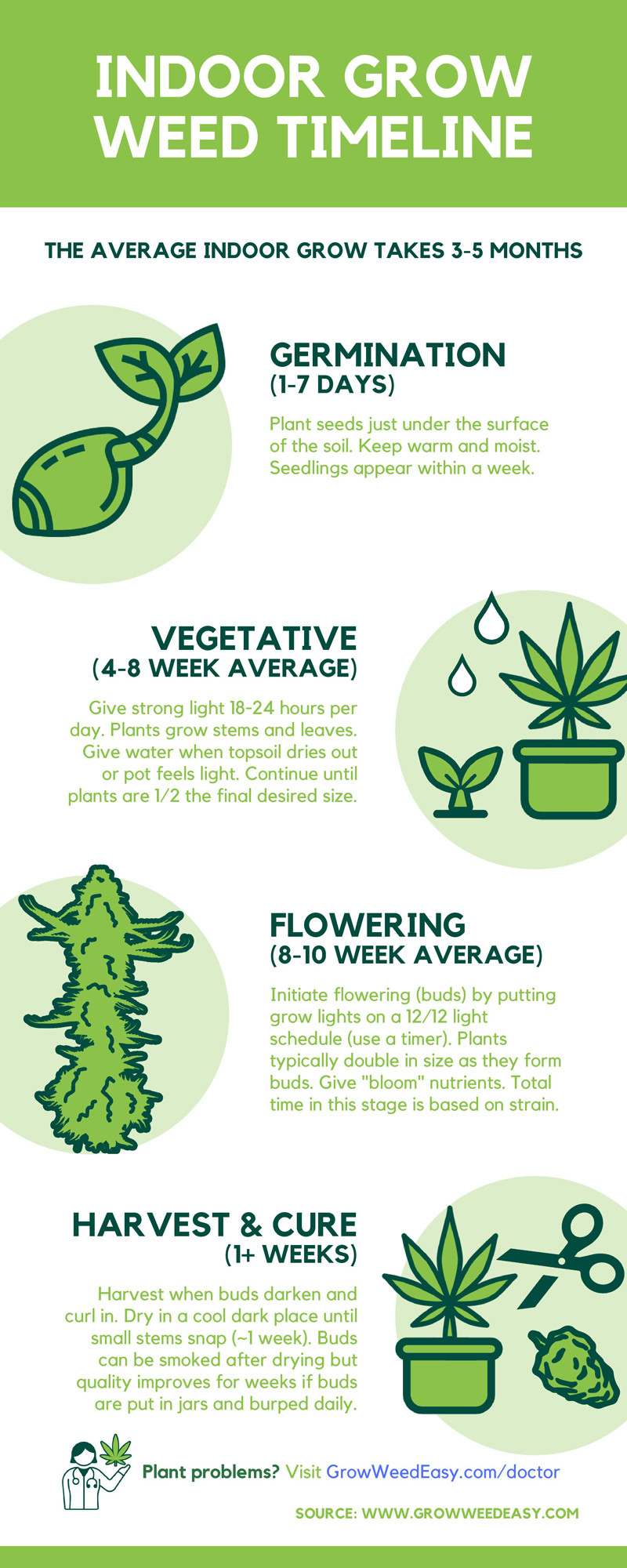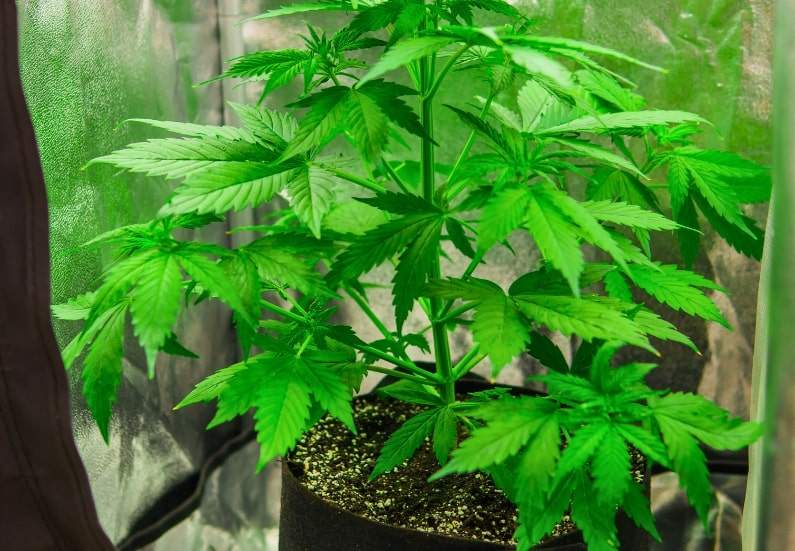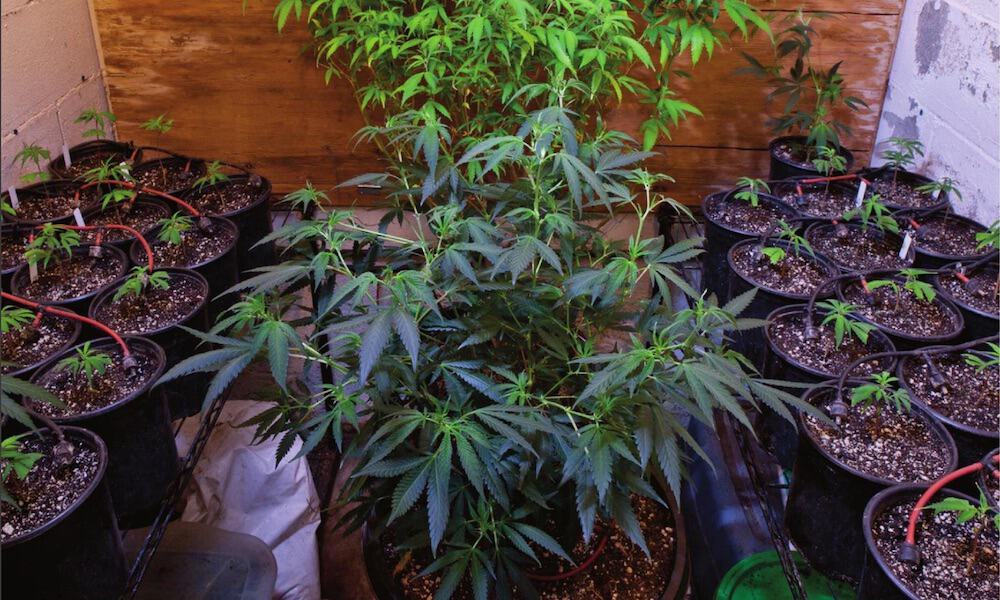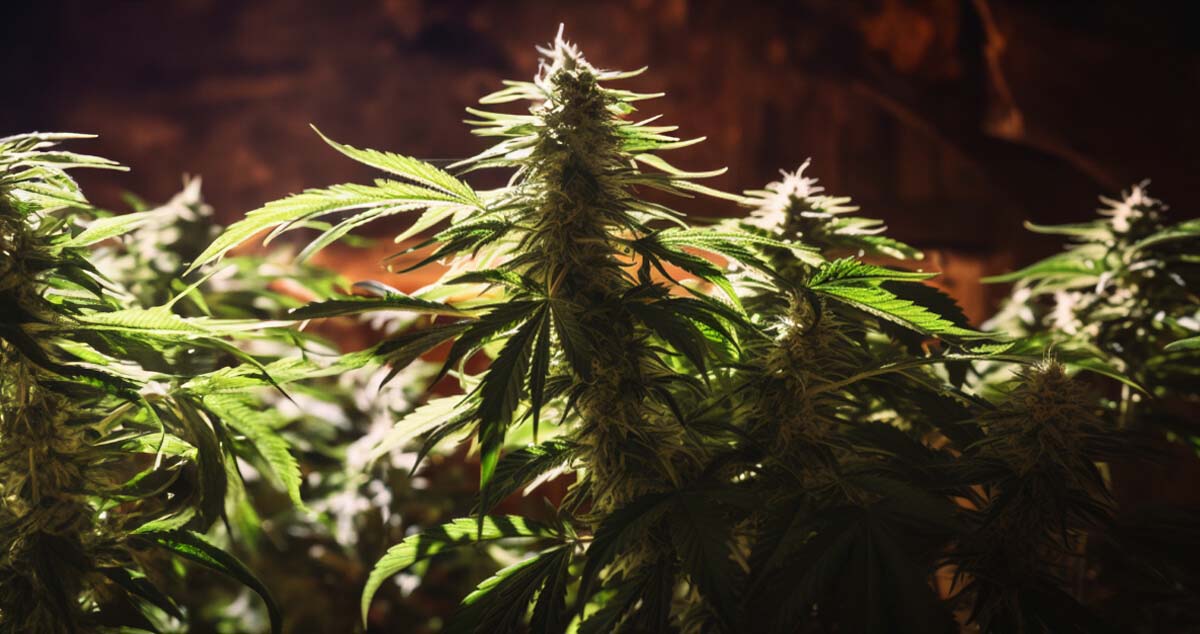How To Grow Weed Fast Indoors

Indoor cannabis cultivation is rapidly evolving, and growers are constantly seeking faster methods to harvest. This article provides essential techniques for accelerating indoor cannabis growth, focusing on proven methods for maximizing yield and shortening the cultivation cycle.
Lighting: The Key to Rapid Growth
Lighting is arguably the most critical factor in accelerating cannabis growth indoors. High-intensity discharge (HID) lamps, like High-Pressure Sodium (HPS) and Metal Halide (MH), have been traditionally popular, delivering substantial light output crucial for vegetative and flowering stages.
However, Light Emitting Diodes (LEDs) are quickly becoming the preferred choice due to their energy efficiency, lower heat output, and customizable spectrums. Full-spectrum LEDs can be adjusted to provide the ideal light frequencies for each stage of growth, boosting photosynthesis and speeding up development.
Photoperiod manipulation is crucial. During the vegetative stage, provide 18-24 hours of light per day. To induce flowering, switch to a 12/12 light cycle (12 hours of light, 12 hours of darkness). This mimics natural seasonal changes, signaling the plants to begin bud production.
Nutrient Management: Fueling Accelerated Development
Providing the correct nutrients at the right time is crucial for maximizing growth rate. Cannabis requires a balance of macronutrients (nitrogen, phosphorus, and potassium) and micronutrients (calcium, magnesium, iron, etc.).
During the vegetative stage, nitrogen is essential for leaf and stem growth. Switch to a phosphorus-rich nutrient solution during flowering to support bud development. Monitor nutrient levels and pH regularly using a TDS (Total Dissolved Solids) and pH meter.
Consider using organic or synthetic nutrients based on your preference, but ensure they are high-quality and specifically formulated for cannabis. Avoid overfeeding, as this can lead to nutrient burn and slow down growth.
Environmental Control: Optimizing Growing Conditions
Maintaining optimal environmental conditions is critical for fast and healthy growth. Temperature, humidity, and ventilation all play significant roles.
During the vegetative stage, maintain a temperature of 70-85°F (21-29°C) and a relative humidity of 40-60%. During flowering, reduce the temperature slightly to 65-80°F (18-27°C) and lower humidity to 40-50% to prevent mold and bud rot.
Ensure adequate ventilation to provide fresh air and remove stale air. Use fans to circulate air within the grow space, preventing stagnant air pockets. A carbon filter can remove odors and maintain discretion.
Strain Selection: Choosing Fast-Flowering Varieties
Some cannabis strains are naturally faster growers and flower earlier than others. Indica-dominant strains often have shorter flowering times than Sativa-dominant strains.
Look for strains specifically bred for rapid flowering, often advertised with flowering times of 7-9 weeks. Autoflowering strains are also an excellent choice, as they flower automatically based on age rather than photoperiod, typically completing their life cycle in 8-12 weeks.
Popular fast-flowering strains include Northern Lights, White Widow, and various autoflowering hybrids. Research the specific characteristics of each strain to ensure it aligns with your growing goals.
Training Techniques: Maximizing Light Exposure
Training techniques can significantly increase yield and promote faster growth by maximizing light exposure to all parts of the plant. Low-Stress Training (LST) involves gently bending and tying down branches to create a more even canopy.
Screen of Green (ScrOG) uses a mesh screen to support the canopy and promote even growth. Topping and fimming involve cutting the main stem to encourage branching and create multiple colas. These techniques require careful execution to avoid stressing the plants.
Defoliation, the removal of excess leaves, can also improve light penetration to lower buds, promoting faster development. However, avoid over-defoliating, as leaves are crucial for photosynthesis.
Cloning: A Head Start on Growth
Cloning cannabis plants allows you to bypass the germination stage and start with a mature plant, shaving weeks off the overall growth cycle. Take cuttings from healthy mother plants and root them in a cloning medium.
Use a rooting hormone to encourage root development and maintain high humidity to prevent the clones from drying out. Once the clones have established roots, transplant them into your growing medium.
Cloning allows you to replicate desirable traits from specific plants, ensuring consistent results and faster harvests. This eliminates the variability associated with seed germination.
Important Considerations
Remember to consistently monitor your plants for signs of pests or diseases. Early detection and treatment are essential to prevent problems from slowing down growth. Maintain a clean and organized grow space to minimize the risk of issues.
Consider using a grow journal to track your progress, noting any adjustments to your methods and their impact on growth rate. This will help you fine-tune your techniques over time and optimize your growing process.
Regularly inspect your equipment, including lights, fans, and ventilation systems, to ensure they are functioning properly. Malfunctioning equipment can negatively impact growth and delay your harvest.
Next Steps
The strategies outlined provide a foundation for accelerated indoor cannabis cultivation. Continued learning and experimentation are essential for optimizing your growing techniques. Stay informed about the latest advancements in cannabis cultivation and adapt your methods accordingly.
Consult with experienced growers and online communities to gain insights and troubleshoot any challenges you encounter. With dedication and the right approach, you can significantly shorten the time it takes to harvest high-quality cannabis indoors.
Future developments in LED technology and nutrient formulations will likely further accelerate the growth process. Stay informed about these innovations to continue improving your growing practices.
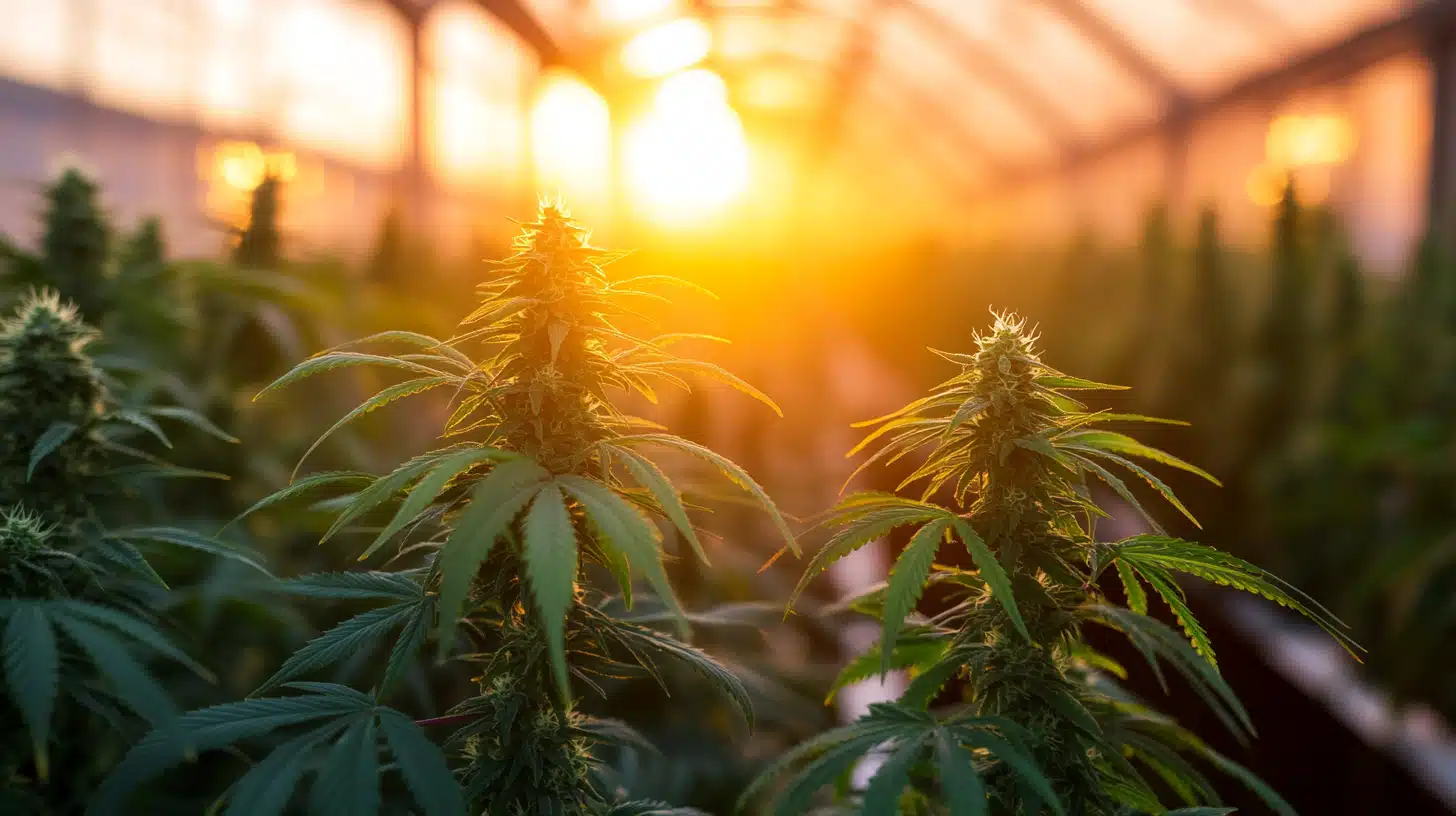
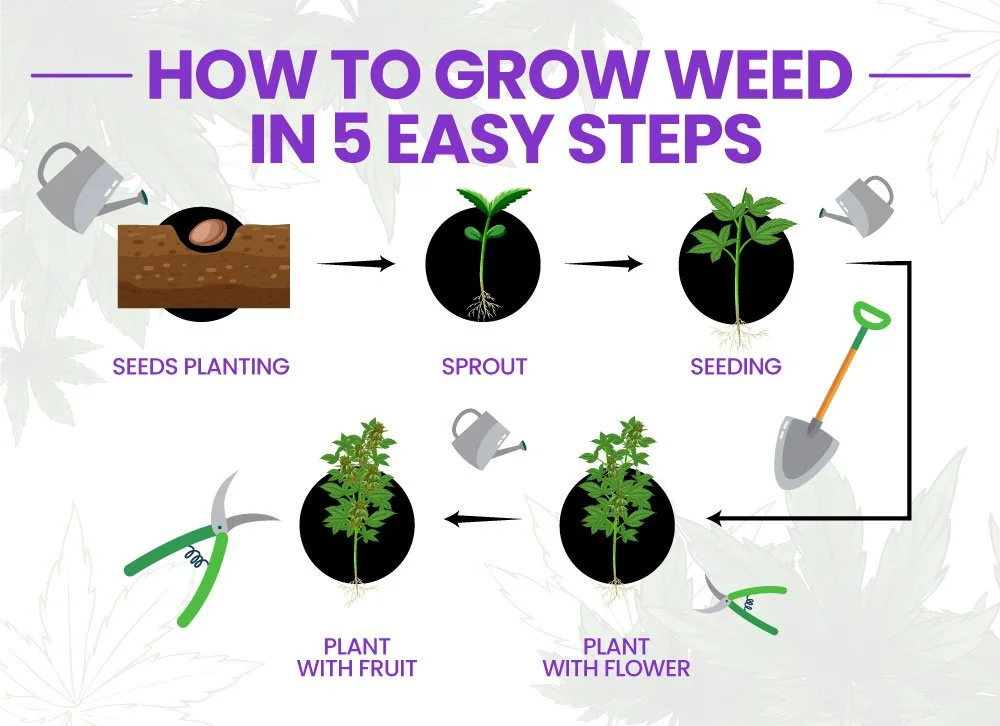
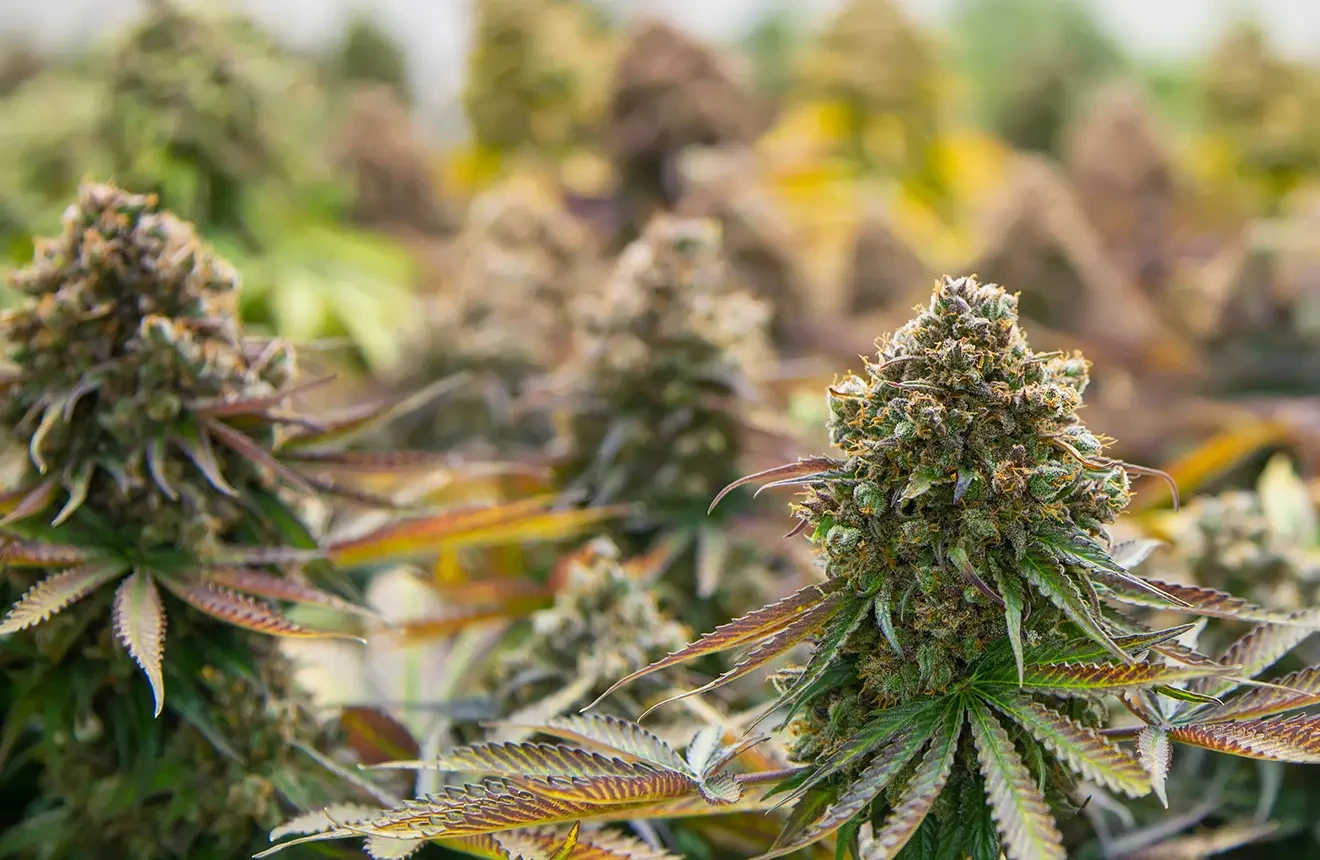
![How To Grow Weed Fast Indoors Best Weed Strains Getting Started – [Weeds] - samedaystrings](https://seedsupreme.com/media/magefan_blog/grow-weed-fast.jpg)
